Employer brands promote the positive buzz of their workplace environment.
The values are on the walls and in the web brochures, ‘Teamwork’, ’Respect’, ’Passion’, ‘Integrity’, backed up with policies around flexible working, 360 degree feedback and programmes for health and wellbeing. In the workplace itself there might be the table tennis table, meditation Fridays and regular meet-ups and quiz nights.
But does any of this mean there is a ‘good’ culture, the kind of healthy environment where people feel able to be themselves, they can trust management and peers to be reasonable and understanding, where they can speak up about problems if they need to? Not necessarily.
Employer branding, the insistence on positive messaging and enthusiasm can just be noise and a distraction from underlying challenges around workloads, unreasonable targets and a very mixed bunch of relationships.
When Employer Branding Backfires
BrewDog, for example, ended up being a model for what can go wrong. It was a bold new breed of business, a market disruptor who shouted about being “the best company to work for…ever”, how it was an ethical, fun firm to be associated with. BrewDog was often feted in HR press as being an innovator with ideas like offering ‘pawternity leave’ for employees to settle in their rescue pets or puppies.
Then the bubble burst. A joint letter from 50 former employees on Twitter questioned the company’s claims. The main complaints focused around BrewDog’s senior team of “inflated egos” who, they said, had created a cult of personality. Business growth, not ethical practices, wellbeing or even safety standards was the only priority. Staff were being pressured to work beyond their capacity, sometimes leading to cases of mental breakdown. “Put bluntly, the single biggest shared experience of former staff is a residual feeling of fear,” said the letter. “Fear to speak out about the atmosphere we were immersed in, and fear of repercussions even after we left.”
Beyond Surveys and Surface Metrics
Understanding the real state of organisational cultures is difficult. Confidential employee surveys are one way of taking the temperature of feelings; but are they really ever going to capture the complexity of attitudes and experiences? Most people, particularly those who feel under pressure from working in a toxic environment, just want to tick the box and move on — and the same applies to performance review conversations with managers. The worse the culture, the less likely anyone feels the confidence to raise anything negative.
There are the hard indicators, like sickness absence, retention, disciplinary cases, employment tribunals, the use of EAPs, which will help build up a picture of issues. But because they are purely the negative side, the problems, there can be a sense of disassociation, as if the problems are an aberration that’s nothing to do with the bright, shiny workplace culture itself.
Behaviours at the Heart of Culture
To create a healthy culture, HR need to pay more attention to actual behaviours and how they can have a positive impact, every day, on what’s expected and how things are done in the organisation. What really makes a difference to people’s working lives? What can make working in teams such a rewarding and life-enhancing thing and at the same time, so much more effective and productive for the organisation? The goal of HR, surely, is to bring skilled people together to create the kind of culture that’s good for the organisation and its business. That can’t be achieved through virtue signalling or perks.
At the heart of the issue is how employees interact with each other, how they understand and appreciate each other. In other words, good behaviours and good experiences of a workplace culture as a whole are rooted in day-to-day conversations. HR can play a pro-active role by encouraging more honesty, a virtuous circle of openness and trust through both processes and development of soft skills.
That can include setting up and encouraging more use of 360 degree feedback; mediation at earlier stages of grievances, for minor clashes and misunderstandings; neutral assessment among teams (where each team member gets the chance to talk about their personal experiences in confidence, leading to a report from an independent expert on issues and solutions to move forwards); or a measure like a Psychological Safety Index from talking to staff about particular situations or difficult conversations they have dealt with. Employees can be supported in building up levels of ‘Conversational Integrity’ (CI), made up of five capacities: empathy, curiosity, self-awareness, reflective listening and situational awareness.
Only in this way, by getting a hold on behaviours and the realities of workplace experiences, will any of those values and principles of an employer brand ever mean anything.




